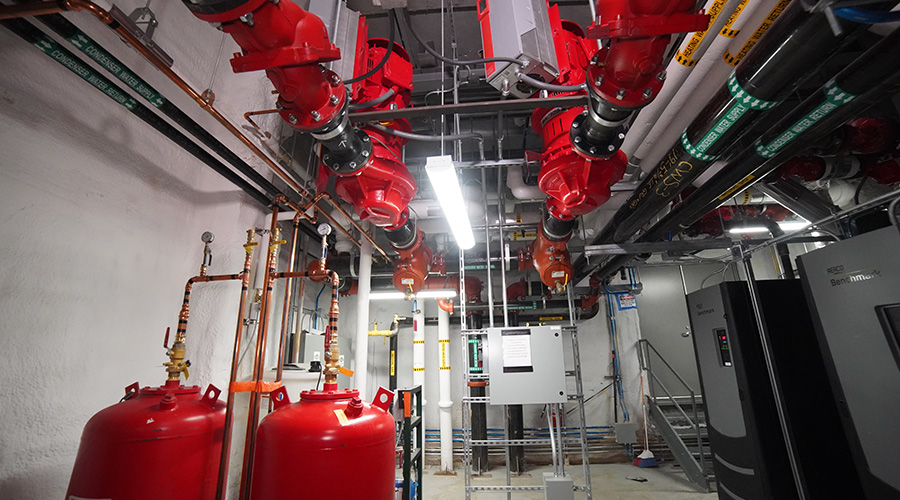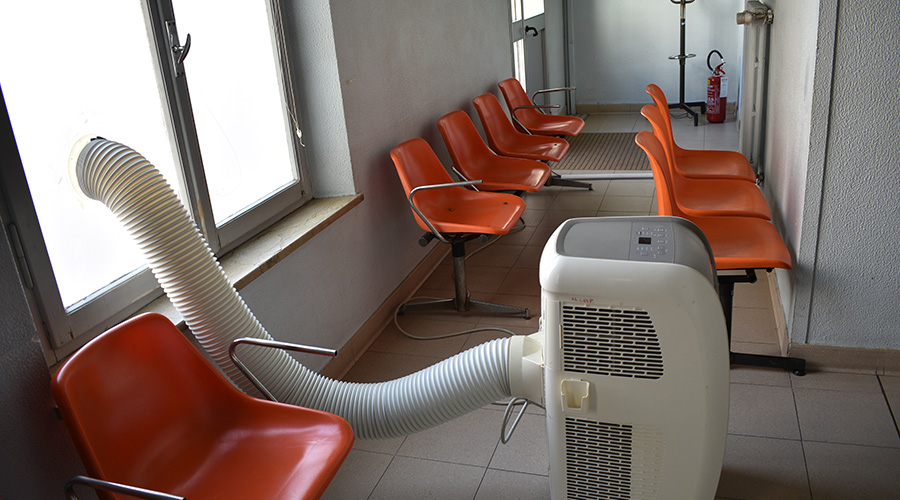New-Generation VFDs Offer Constant Power Factor
Earlier-generation VFDs reduced energy use effectively, but they presented some drawbacks. One drawback was noise. When operating at reduced speeds, VFDs induced vibrations in motor laminations. These vibrations carried through piping, ductwork and the building structure, eventually affecting occupants. New-generation systems operate at higher frequencies, resulting in vibrations and noise that is not audible.
Another drawback to early-generation systems was their low power factor, particularly when operating at reduced motor speeds. A low power factor has a number of drawbacks for both facilities and utilities, including a reduction in the power-carrying capacity of electrical-distribution systems. If the capacity falls below a minimum predetermined value, the utility can impose penalties.
New-generation systems offer a nearly constant power factor at all operating speeds, eliminating the loss of system capacity and avoiding utility-imposed penalties.
Most new systems use pulse-width modulation, which converts incoming 60-cycle power to direct current. The direct current then switches rapidly and intermittently to produce pulses of varying-output voltages and widths. This mode of operation improves the process’s overall efficiency compared to earlier systems, reduces losses in the device wiring, and reduces the formation of harmonic frequencies — all while providing better speed control.
Related Topics:














